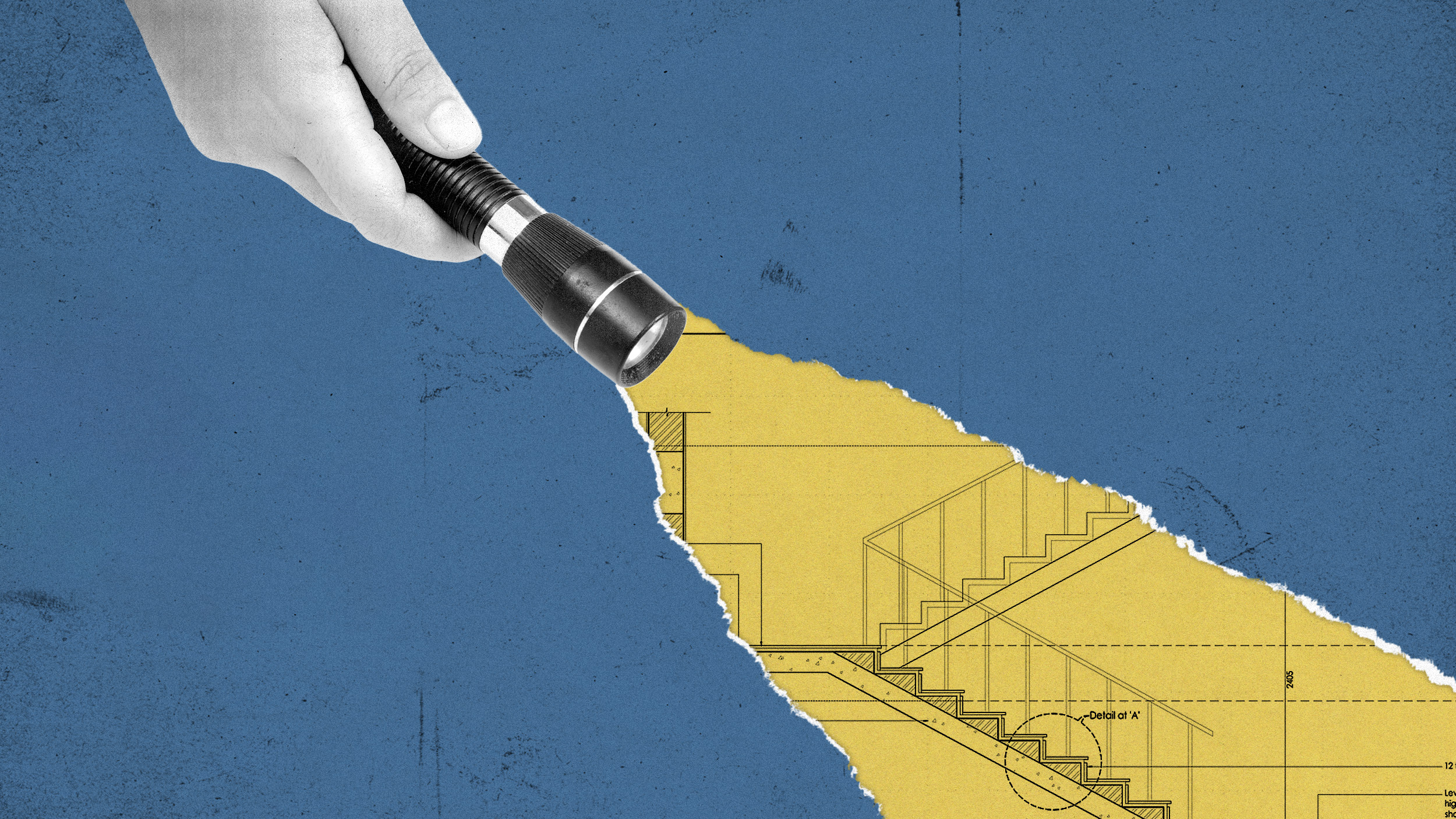Top Benefits of Training Programs to Become a Better Leader

Every organization wants to have the best possible leadership, and will shell out big dollars to find and retain them. A strong leader can inspire others to be more dedicated—which can have numerous benefits for productivity, worker retention, and innovation.
But, how can organizations acquire and cultivate a better class of leadership among their existing employees? One valuable option is to use specialized training programs. A common obstacle to this approach is demonstrating to existing leadership the benefits of taking these trainings themselves. Yet it’s key that they do so in order to get buy-in from the top down.
So, what are some of the potential benefits of training programs when it comes to making leaders?
Improved Team Dynamics
Rob Roy, a former Navy SEAL and author of The Navy SEAL Art of War: Leadership Lessons from the World’s Most Elite Fighting Force, details one of the core tenets of the Navy SEAL program that is also a key benefit of effective leadership training in a video interview with Big Think:
“Teamwork, team ability, being able to communicate. Those things are actually if you don’t succeed in those areas, then you fail the program, you drop off in the program. It’s not about being the toughest guy. It’s about being the smartest guy and figuring out how do I go from point A to point B and how do I get the most out of the people that are going to be there with me. I would say it’s not just about the guys that are 360 degrees covering what I don’t see. I think it’s about how we get along after that. How do we relax in an environment that challenge one another on a personal level? You know, our brand is that you need to be the best and the brightest in the world. And people expect that of you and people expect things out of you and you tend to live up to them. At least in the SEALs they do.”
The whole point of SEAL training isn’t just to make each person individually tougher and effective—it’s to create a highly effective team of people who can communicate and cooperate rather than a loose collection of “alpha dogs” who put themselves ahead of the team’s objectives. After all, the success, and the lives, of a SEAL team’s members depends on complete cooperation—a mantra that translates into corporate teamwork.
Leadership training helps equip team leaders with the skills they need to nurture a positive team dynamic—helping improve the collaboration of the team as a whole. This, in turn, can help leaders get more done, achieve more of their own goals, and improve their own assessment numbers under any personal productivity improvement plans they may be a part of.
Gaining Deeper Insights and Better Delivery of Feedback
Sheila Heen, a partner at Triad Consulting Group, conducted an interview with Big Think about the psychology behind performance feedback and employee happiness. In the interview, she talks about how people may react to and give feedback differently based on their intrinsic happiness level, their susceptibility to changes in mood, and the speed at which they return to their intrinsic happiness level after a positive or negative change—their “feedback profile”—and why that information is important for leaders to be familiar with:
“One [reason] is your own footprint or feedback profile, not only influences how you receive feedback, it also influences how you give feedback. So if you’re pretty even keel it could be that you’re more likely to be pretty direct or other people would describe you as harsh in your feedback because you think like this isn’t that big of a deal; you’re overreacting to it. Other people who are very sensitive are likely to tiptoe around issues. And if they’re talking to someone who’s pretty even-keel like they’re not even understanding that you’re giving them feedback. Like you have to be pretty direct to even get through to them.”
In other words, a leader’s “feedback profile” affects how they give feedback, and each employee’s feedback profile affects how they take feedback. Without knowing about feedback profiles, leaders might not be giving feedback in a manner that actually benefits their team members.
Training courses on how to lead both oneself and others can show leaders valuable, yet often unheard of, factors like feedback profiles.
Get more insights into enabling oneself and others through strong leadership with Big Think+’s expert-led courses on Leading Self (with lessons from Sheila Heen and others) and Leading Others (featuring Rob Roy of the Navy SEALs and much more)!




